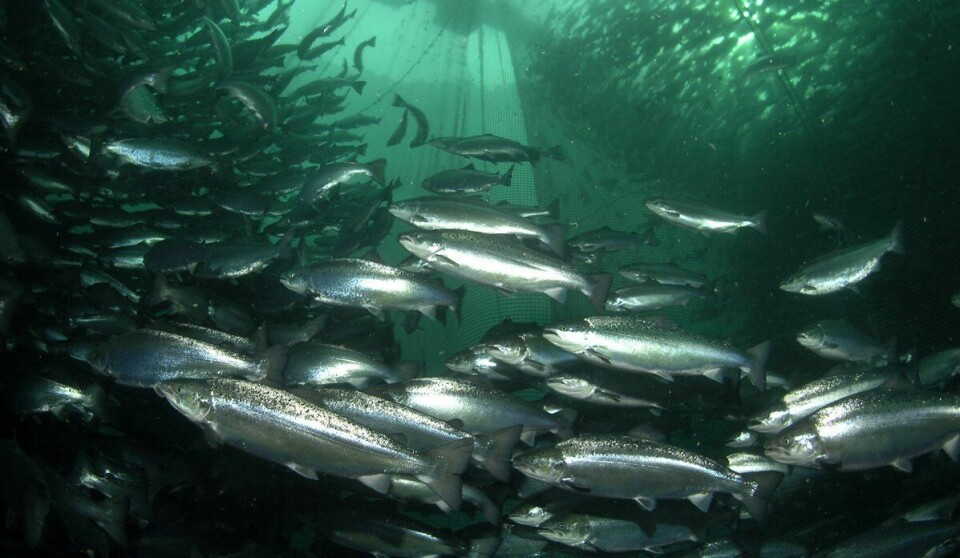
Study: Sterile salmon fared better if put to sea in spring
In many cases sterile triploid salmon in northern Norway developed wounds during the winter season, with subsequent high mortality, a report published by the Institute of Marine Research (IMR) states.
Welfare was significantly better for the groups that set out in the spring than those set out in the autumn, according to the study of commercial production of triploids.
Triploid salmon have three sets of chromosomes, unlike ordinary diploid salmon that only have two. The extra chromosome set makes the salmon sterile. The industry uses triploid salmon as an environmental measure to protect wild salmon strains from introgression by genes from escaped farmed salmon.
High mortality
Since 2015, the IMR has been working with farmers and fish health services to document the welfare of triploid salmon in commercial production in northern Norway. Now the data for salmon put to sea between 2014 and 2017 have been analysed and published in a collection report.
The data show high mortality and high incidence of wounds and bacteria for triploid salmon released in the autumn (November-December). For triploid salmon released in the spring (May-June) and summer (July-September), the results are more nuanced, with particularly good results for fish set out in spring. Their mortality was similar to that of diploid reference groups, that is, “normal” salmon.
Time to grow
However, for the triploid groups released in the period July-October, some of the outbreaks received high mortality due to infection by the parvicapsula fish parasite.
“An important advantage of spring release is that this sufficient time for the fish to become large and well adapted to the cage environment before the first winter in the sea. In addition, it can be slaughtered before the second winter in the sea, thus avoiding a cold-water period,” said IMR researcher Lars Helge Stien.
Stien emphasised that researchers have so far followed too few productions to be able to make a general recommendation, adding: “Further commercial testing should therefore focus on spring, early summer and late summer in areas without parvicapsula.”























































